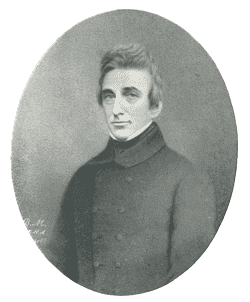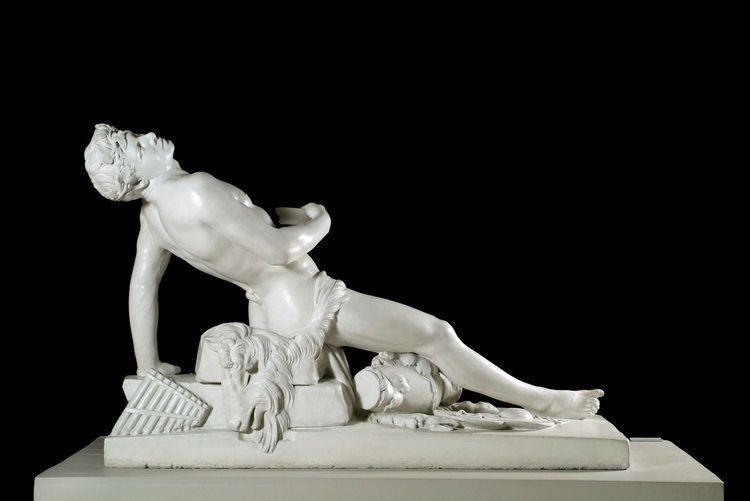Name John Hogan | Role Sculptor | |
 | ||
Died March 27, 1858, Dublin, Republic of Ireland | ||
Offaly my county my home on screen lyrics john hogan
John Hogan (October 14, 1800 – 1858) was one of Ireland's greatest sculptors.
Contents

Hogan was born on October 14, 1800 in Tallow, County Waterford, spent his youth in the city of Cork, Ireland and, in 1812, was placed as clerk to an attorney. Disliking this occupation, he chose to be apprenticed to the architect Sir Thomas Deane, where his talents for drawing and carving were developed. He was sent to Rome where he resided and cultivated his skills for many years.
Hogan's best known work and masterpiece are the three versions of the statue of The Redeemer in Death or The Dead Christ. Created in flawless Carrara marble, the first version (1829) is located in St. Therese's Church, Dublin, Ireland, the second (1833) in St. Finbarr's (South) Church, Cork, Ireland and the third and final version (1854) is located in the Basilica of St. John The Baptist, Newfoundland. Other works by Hogan include the Sleeping Shepherd and The Drunken Faun.
Hogan assured his international reputation in 1829 with The Dead Christ; thereafter, his creations were snapped up by Irish bishops visiting his Rome studio, and Hogan was pronounced by the Danish sculptor Bertel Thorwaldsen as "the best sculptor I leave after me in Rome."
Carlow Cathedral was started in 1828 and completed in 1833, and was the brain-child of the Bishop of Kildare and Leighlin, James Doyle (J.K.L.), a prominent champion of Catholic Emancipation, who died the year after the Cathedral was opened and is interred in its walls. A sculpture, by John Hogan, in memorial to the Bishop was finished in 1839.
